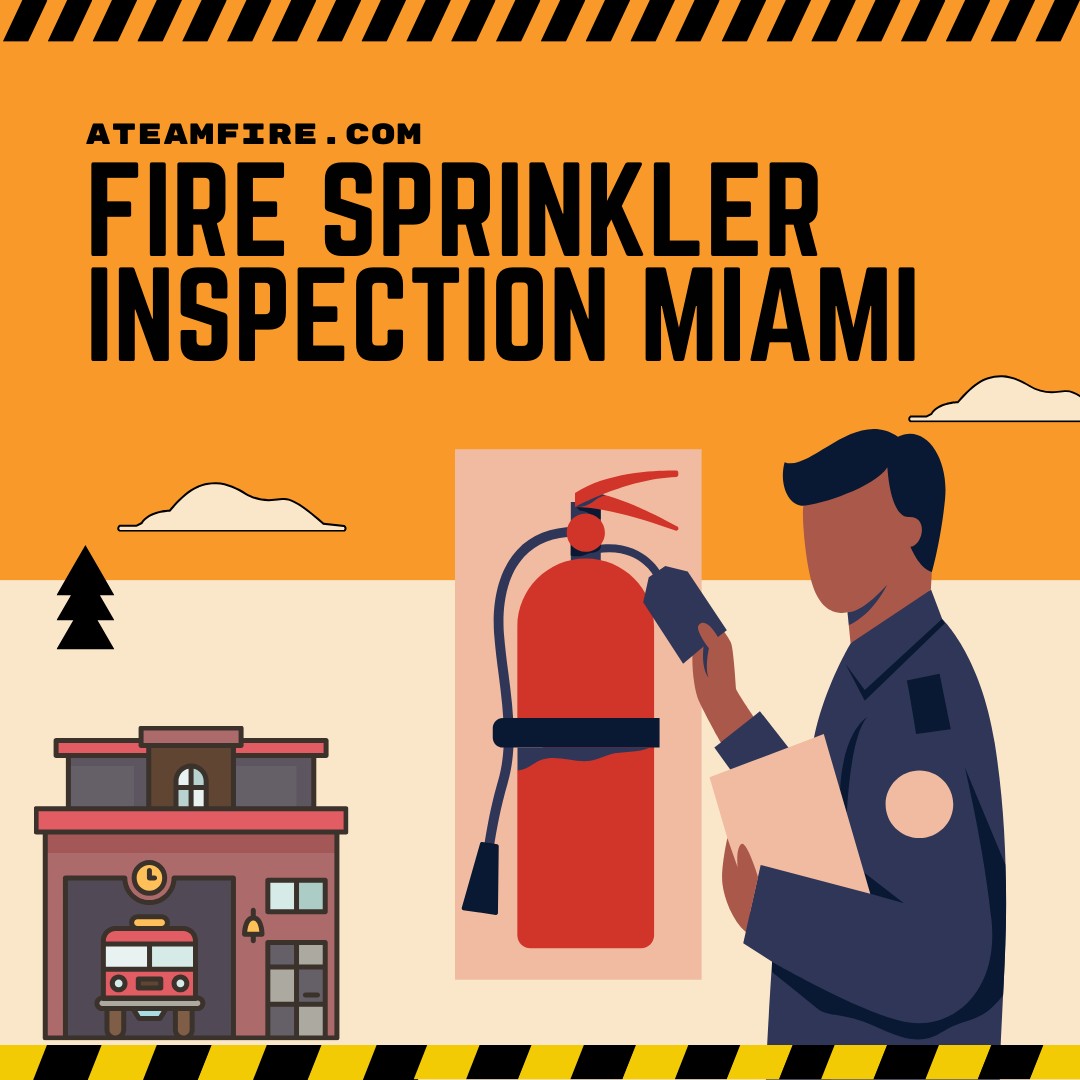Ensuring Code Compliance: The Significance of Fire Sprinkler Inspections
In the realm of building safety and compliance, fire prevention is paramount. Fire sprinkler systems play a crucial role in safeguarding lives and property by quickly suppressing and controlling fires. To ensure the effectiveness of these systems, regular inspections are imperative. This article delves into the significance of fire sprinkler inspections, emphasizing the importance of code compliance and the role these inspections play in maintaining a safe and secure environment.
The Role of Fire Sprinkler Systems:
Fire sprinkler systems are a fundamental component of a building's life safety infrastructure. These systems are designed to automatically detect and control fires, preventing them from spreading and causing extensive damage. By rapidly deploying water or other extinguishing agents, fire sprinklers can significantly reduce the risk of injuries, fatalities, and property loss during a fire incident.
Importance of Code Compliance:
Building codes and safety standards are established to ensure that structures meet minimum safety requirements. Compliance with these codes is essential for creating a safe environment for occupants and emergency responders. Fire sprinkler systems are subject to specific regulations outlined in national and local building codes. Regular inspections are necessary to confirm that these systems adhere to the prescribed standards, ensuring their reliability when needed.
Inspection Protocols:
Fire sprinkler inspections involve a comprehensive evaluation of the entire system to identify potential issues that may compromise its functionality. Trained professionals follow specific inspection protocols, which include checking for corrosion, leaks, and obstructions in pipes, examining the condition of sprinkler heads, and verifying the operation of alarm and control valves. These thorough inspections help identify and rectify problems promptly, maintaining the system's readiness.
Frequency of Inspections:
Regular inspections are essential to guarantee the ongoing reliability of fire sprinkler systems. The frequency of inspections varies depending on factors such as system type, occupancy, and local regulations. Typically, inspections are conducted annually, with more frequent checks for high-risk environments. Adhering to a routine inspection schedule ensures that any issues are addressed promptly, minimizing the risk of system failure.
Benefits of Fire Sprinkler Inspections:
1. **Early Detection of Issues* Regular inspections allow for the early identification of potential problems, enabling timely repairs and maintenance.
2. **System Reliability* Ensuring that fire sprinkler systems comply with codes and undergo regular inspections enhances their reliability during an actual fire event.
3. **Occupant Safety* Well-maintained and code-compliant fire sprinkler systems contribute to the overall safety of building occupants by providing effective fire suppression.
4. **Property Protection* By preventing the spread of fires, fire sprinklers help protect property, reducing the financial impact of fire damage.
Conclusion:
In conclusion, fire sprinkler inspections are a critical aspect of ensuring code compliance and maintaining a safe built environment. Regular assessments of these systems contribute to early issue detection, system reliability, and overall safety. Adhering to inspection protocols and compliance with safety standards are vital steps toward preventing fire-related disasters and protecting both lives and property. Building owners, facility managers, and inspection professionals must work collaboratively to uphold the highest standards of fire safety, thereby fostering resilient and secure communities.
